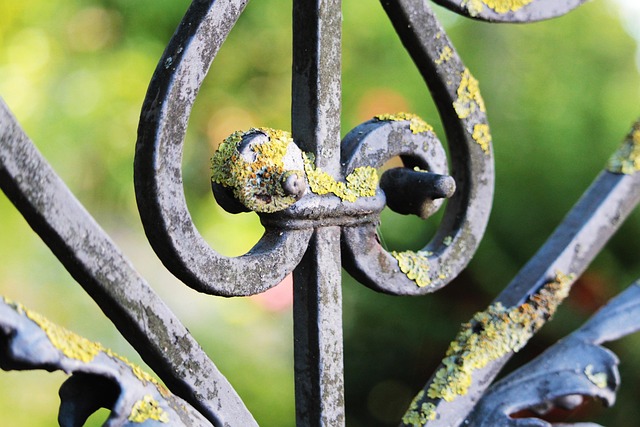Introduction:
Elevate the aesthetic appeal and longevity of your wooden fence with professional staining and sealing. This comprehensive guide explores the intricate process, from understanding the benefits and various types of fence staining to preparing your fence and choosing the perfect color. We’ll delve into the sealing process, offering crucial tips for protection against weather conditions. Furthermore, maintenance strategies are provided to ensure your stained fence remains vibrant and durable for years to come, enhancing your outdoor space’s beauty and value.
- Understanding Fence Staining: Benefits and Types
- Preparing Your Wooden Fence for Staining
- Choosing the Right Stain: Color and Formula
- The Sealing Process: Protecting Your Fence
- Maintenance Tips for Long-Lasting Results
Understanding Fence Staining: Benefits and Types
Fence staining is an essential maintenance practice for wooden fences, offering more than just an aesthetic upgrade. It provides a protective layer, enhancing the fence’s longevity and beauty. The process involves applying a stain that seeps into the wood, enriching its color while also shielding it from various environmental factors. This treatment is particularly beneficial in outdoor settings, where wooden fences are exposed to sunlight, rain, and varying temperatures.
There are several types of fence stains available, each with unique characteristics. Water-based stains are popular for their low odor and easy application, making them a preferred choice for homeowners. Oil-based stains, on the other hand, offer superior color depth and protection against water damage. Each type serves different purposes, catering to specific needs and preferences, whether it’s enhancing natural wood tones or creating bold, vibrant colors.
Preparing Your Wooden Fence for Staining
Before applying any stain or sealer, preparing your wooden fence is a crucial step to ensure optimal results. Start by cleaning the fence thoroughly with mild soap and warm water to remove any dirt, grime, or mildew. Use a soft-bristled brush or garden hose for this process, making sure to get into all the nooks and crannies. Once clean, dry the fence completely using a clean cloth or allow it to air dry.
Next, inspect your fence for any damaged or loose boards, splinters, or nails that might need replacement. Sanding the fence lightly can also help create a smoother surface and better adhesion for the stain. Remove any dust from sanding with a damp cloth before proceeding to the staining process.
Choosing the Right Stain: Color and Formula
Choosing the right stain is crucial for achieving a desired look and protecting your wooden fence. Start by selecting a color that complements your home’s exterior or backyard ambiance, keeping in mind the effects different hues can have on space. Dark colors like black or rich browns add depth and drama to fences, while lighter shades like redwood or natural tones enhance the wood’s natural beauty.
Formulas also vary among stains, catering to specific needs. Some are designed for enhancing wood grain, while others focus on providing a more even, uniform finish. Water-based stains are typically easier to apply and have lower odor levels, making them popular choices. Oil-based stains, however, offer better protection against moisture and UV rays but may require more preparation and cleanup.
The Sealing Process: Protecting Your Fence
The sealing process is an essential step in maintaining a wooden fence’s beauty and longevity. After staining, applying a protective sealer acts as a barrier against various environmental elements. This includes blocking out damaging UV rays from the sun, preventing water penetration, and resisting mold, mildew, and fungi growth. The sealer fills in pores and cracks, ensuring no moisture can seep into the wood, which is a primary cause of rot and deterioration.
By sealing your fence, you create a shield that not only enhances its aesthetic appeal but also significantly extends its lifespan. Regular sealing, typically done every 1-3 years depending on exposure, will keep your wooden fence looking fresh and protect it from the wear and tear caused by nature.
Maintenance Tips for Long-Lasting Results
Regular maintenance is key to keeping your stained and sealed wooden fence looking its best over time. After initial staining, a protective sealer should be reapplied every 1-2 years to safeguard against weathering and UV damage. Inspect your fence regularly for any signs of wear, such as chipped or flaking paint or seal, and address these issues promptly. Keep an eye out for pests like termites that can weaken the structure.
To maintain optimal results, avoid excessive exposure to water and direct sunlight. Trim nearby trees and shrubs to prevent them from casting prolonged shadows on the fence, which can lead to uneven staining. Additionally, sweep and clean the fence regularly to remove dirt, debris, and mold buildup, ensuring the sealer remains effective.
